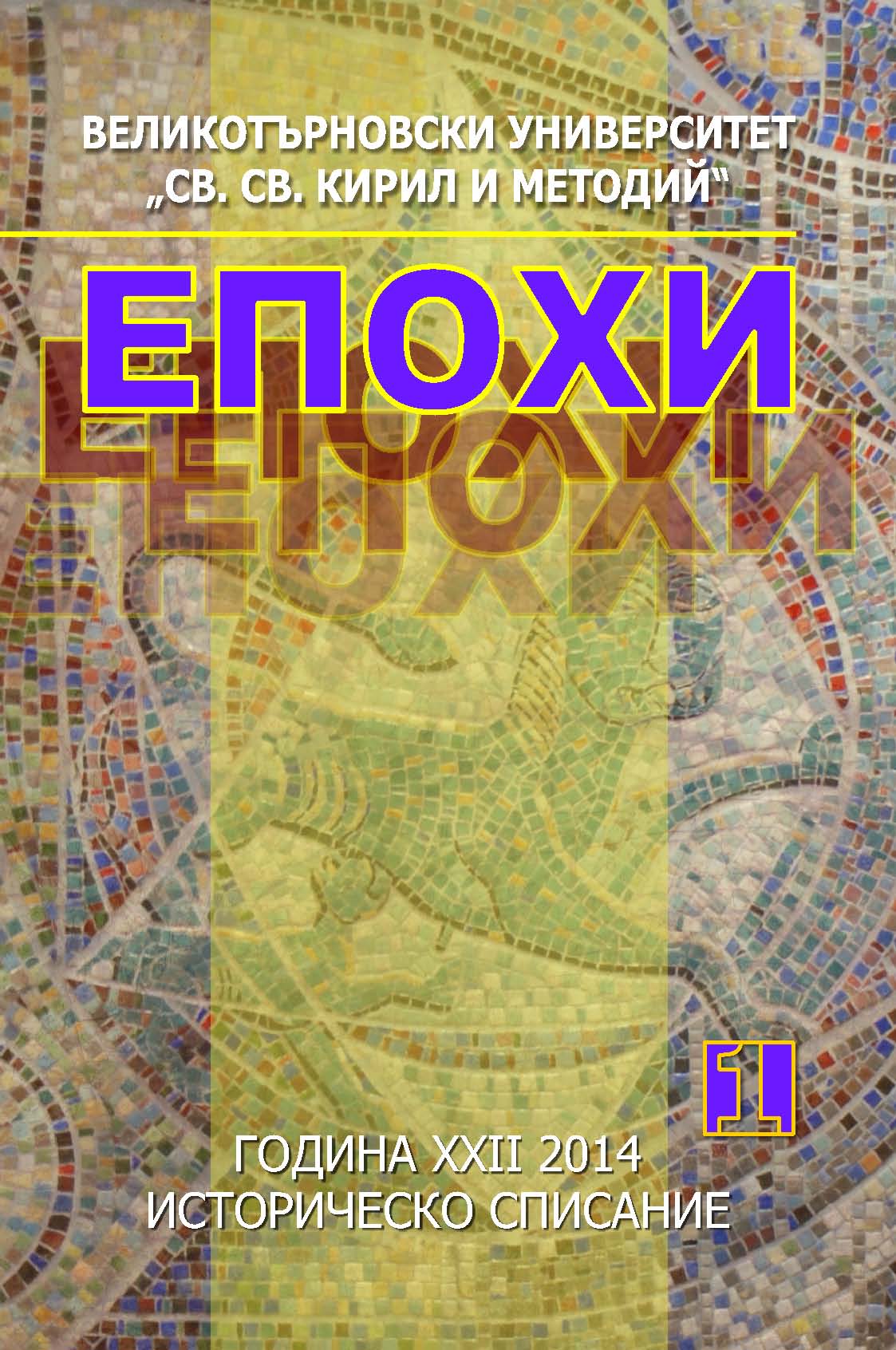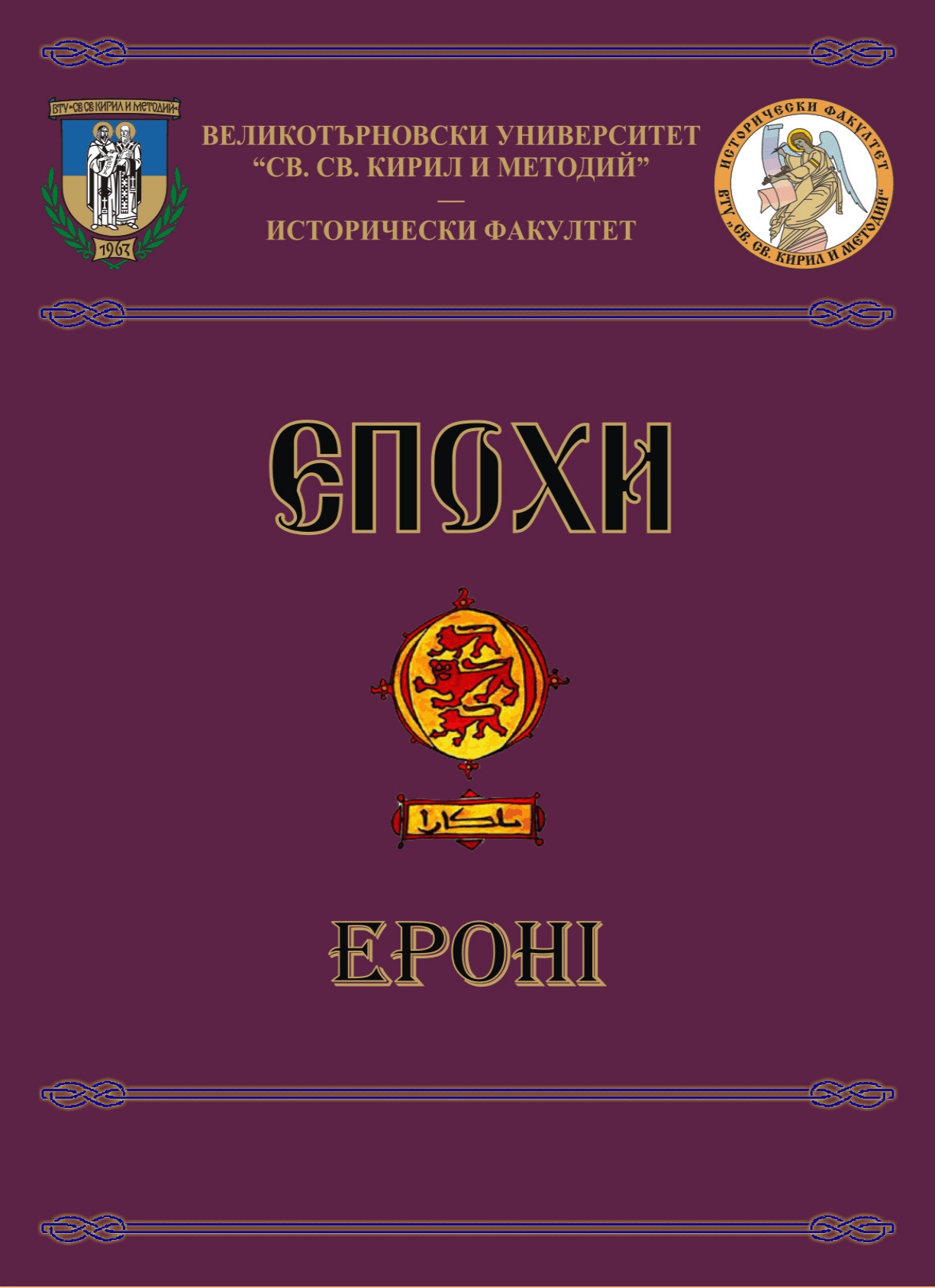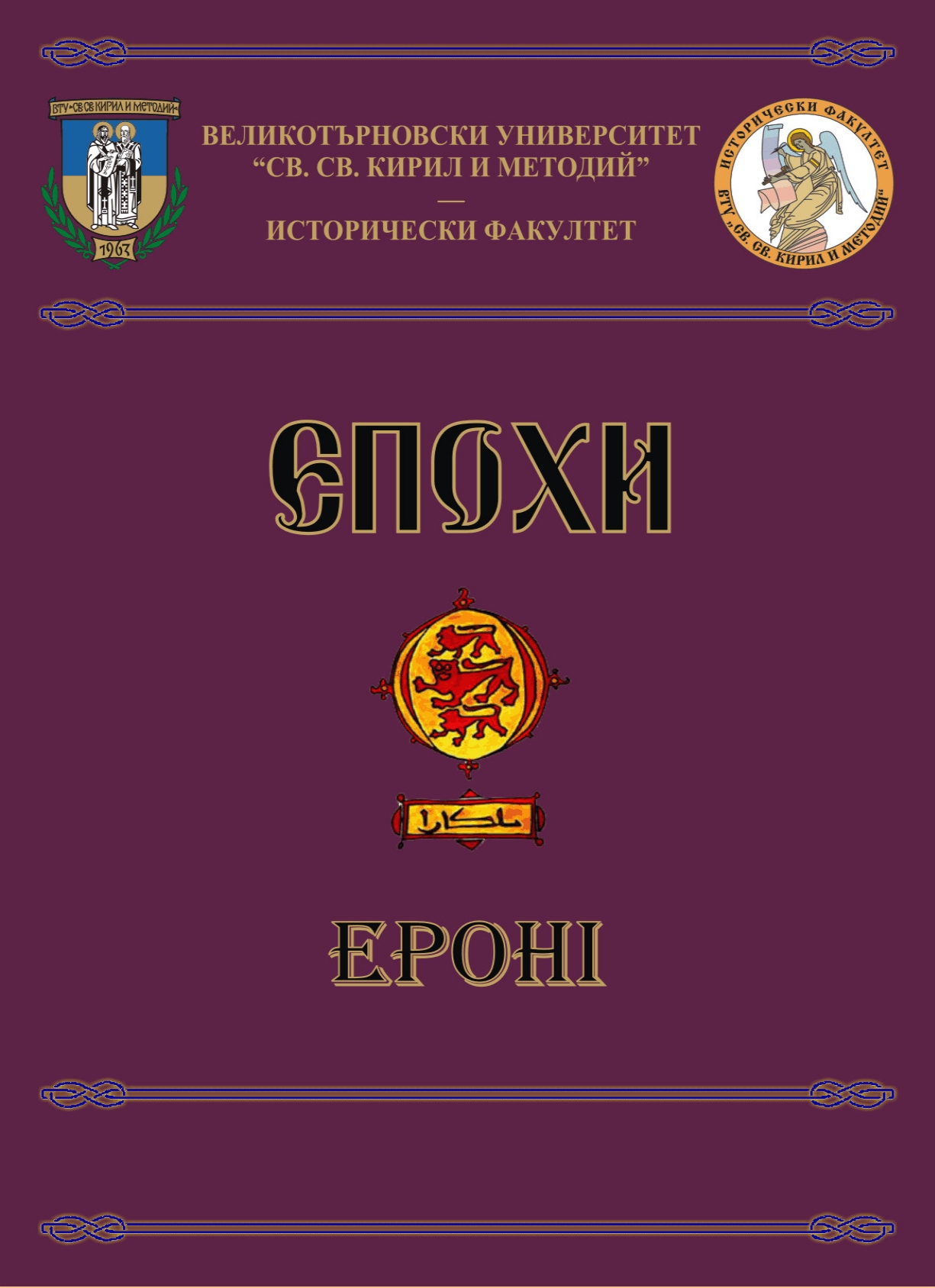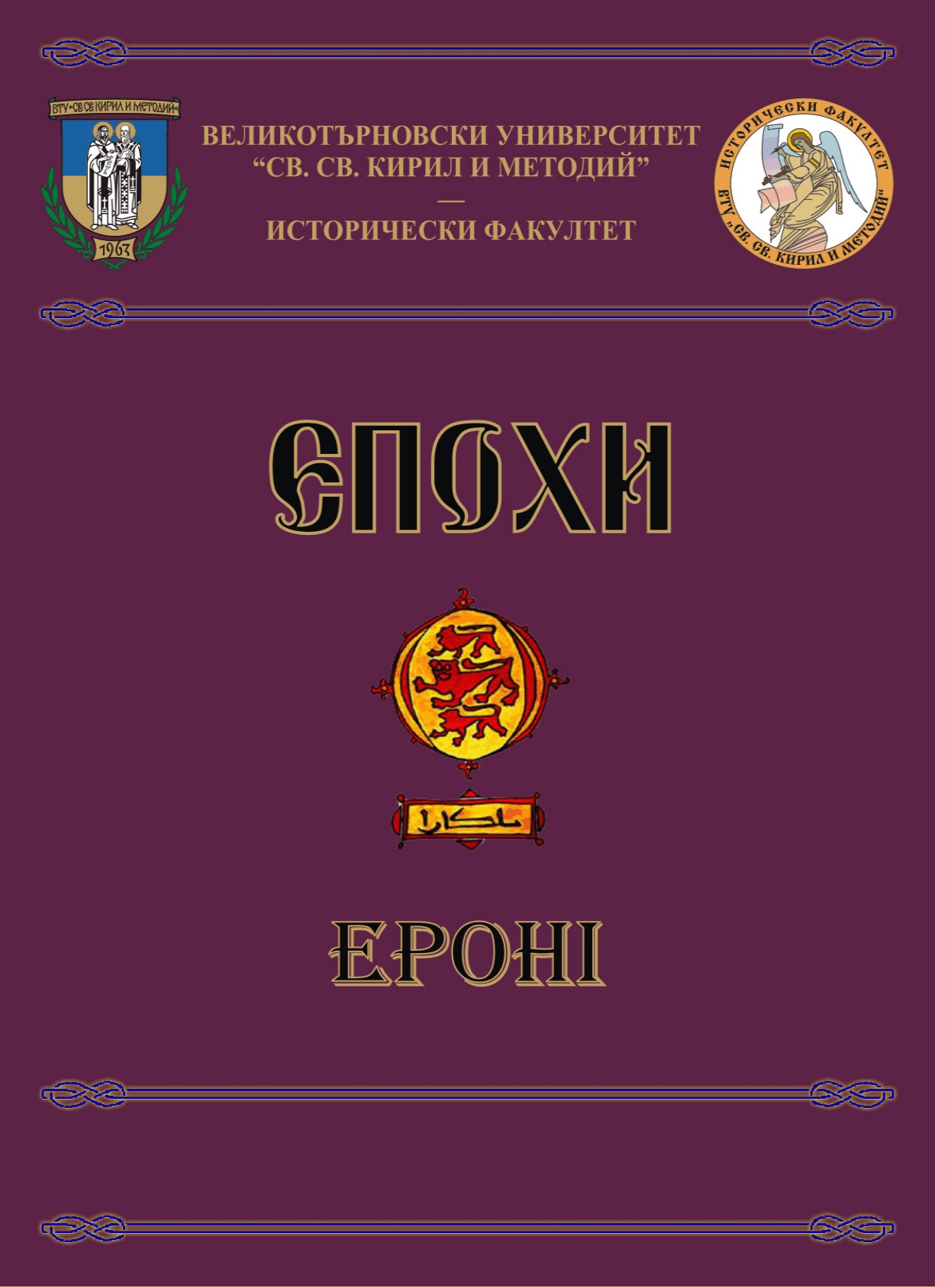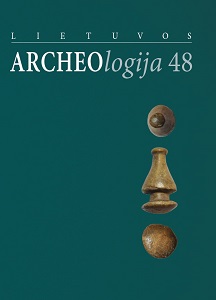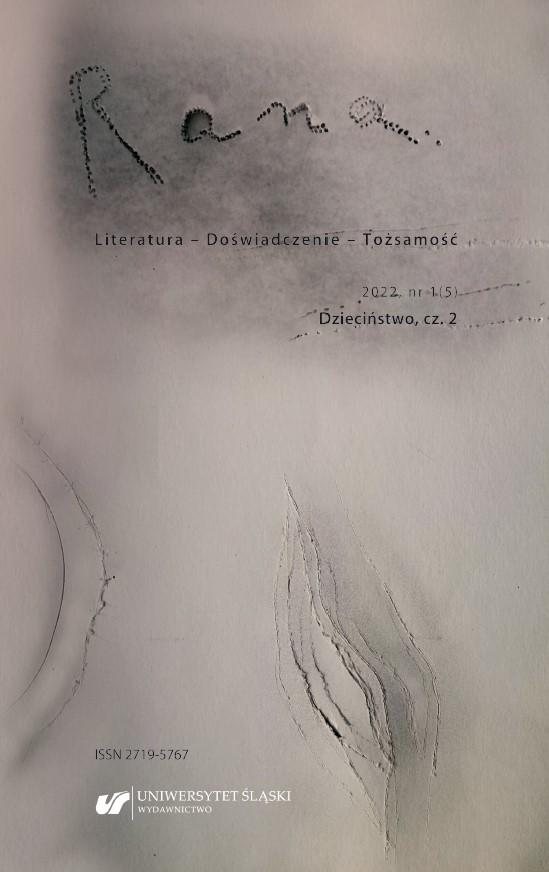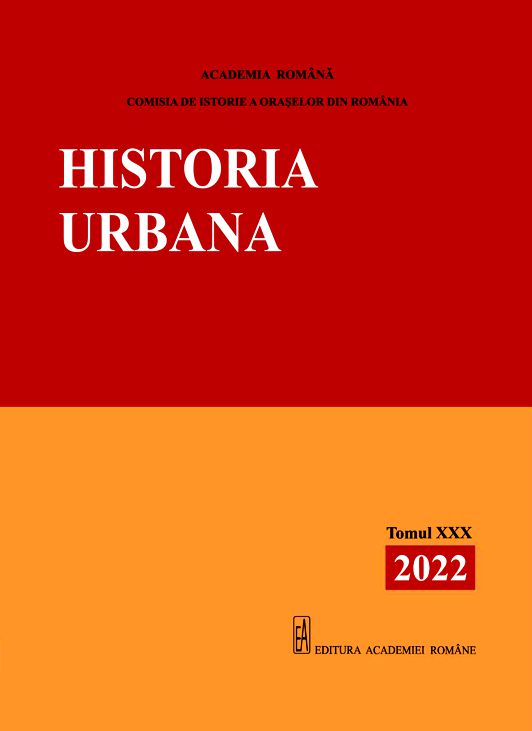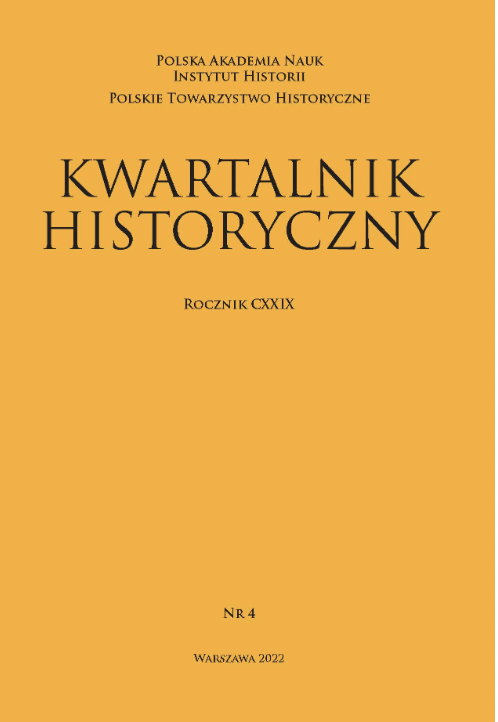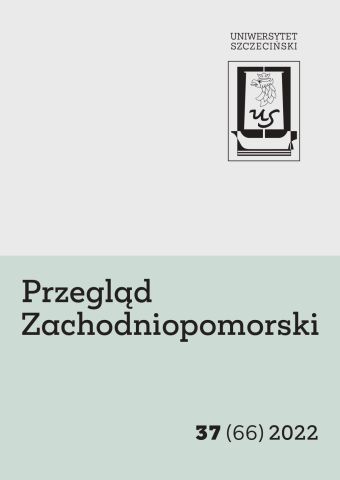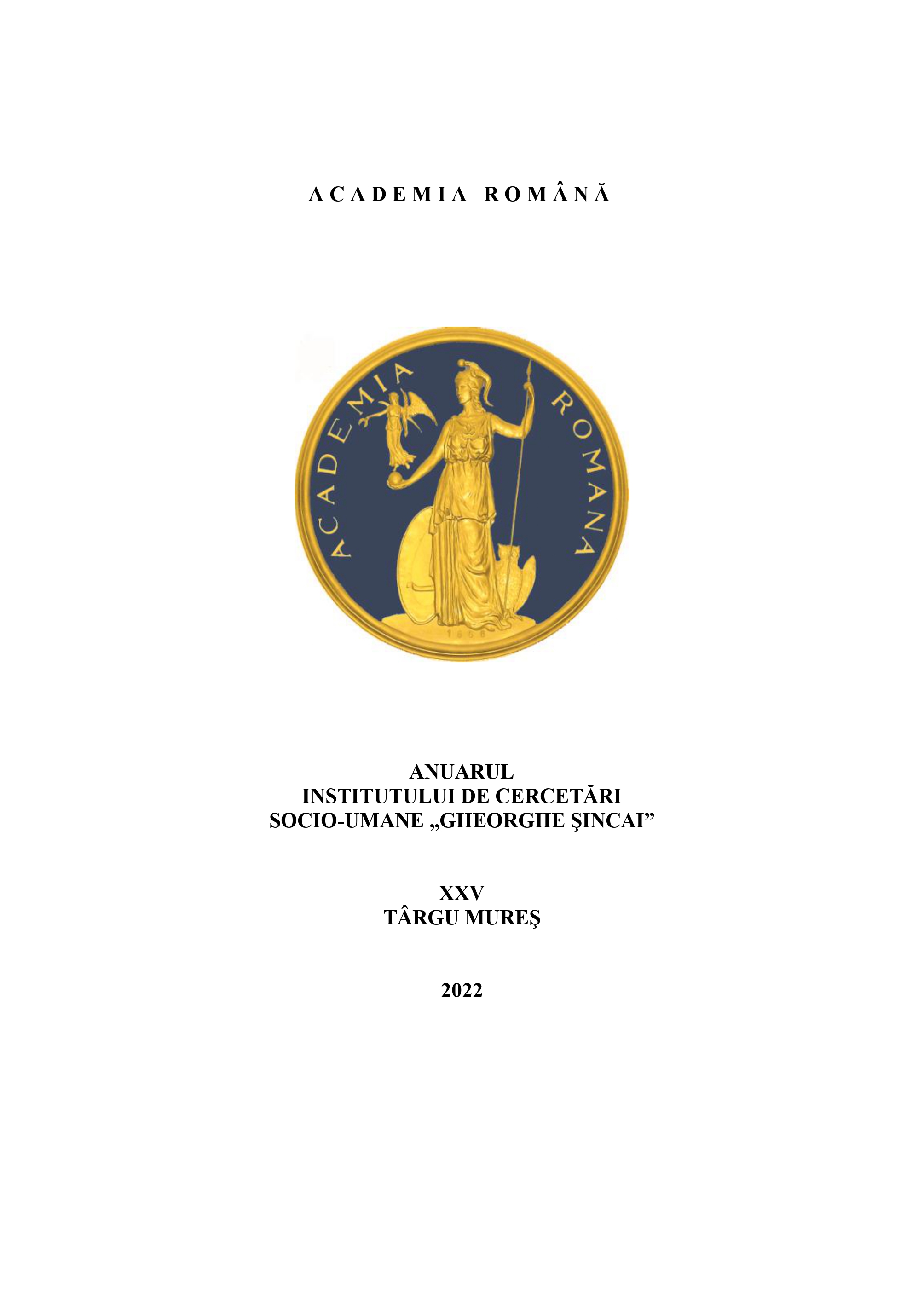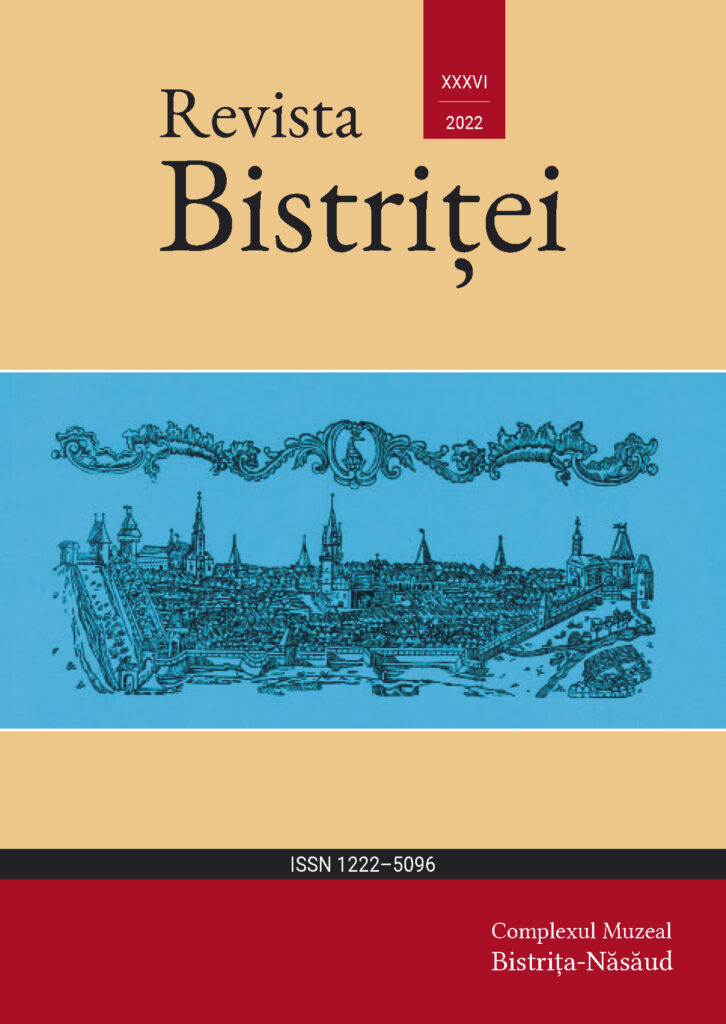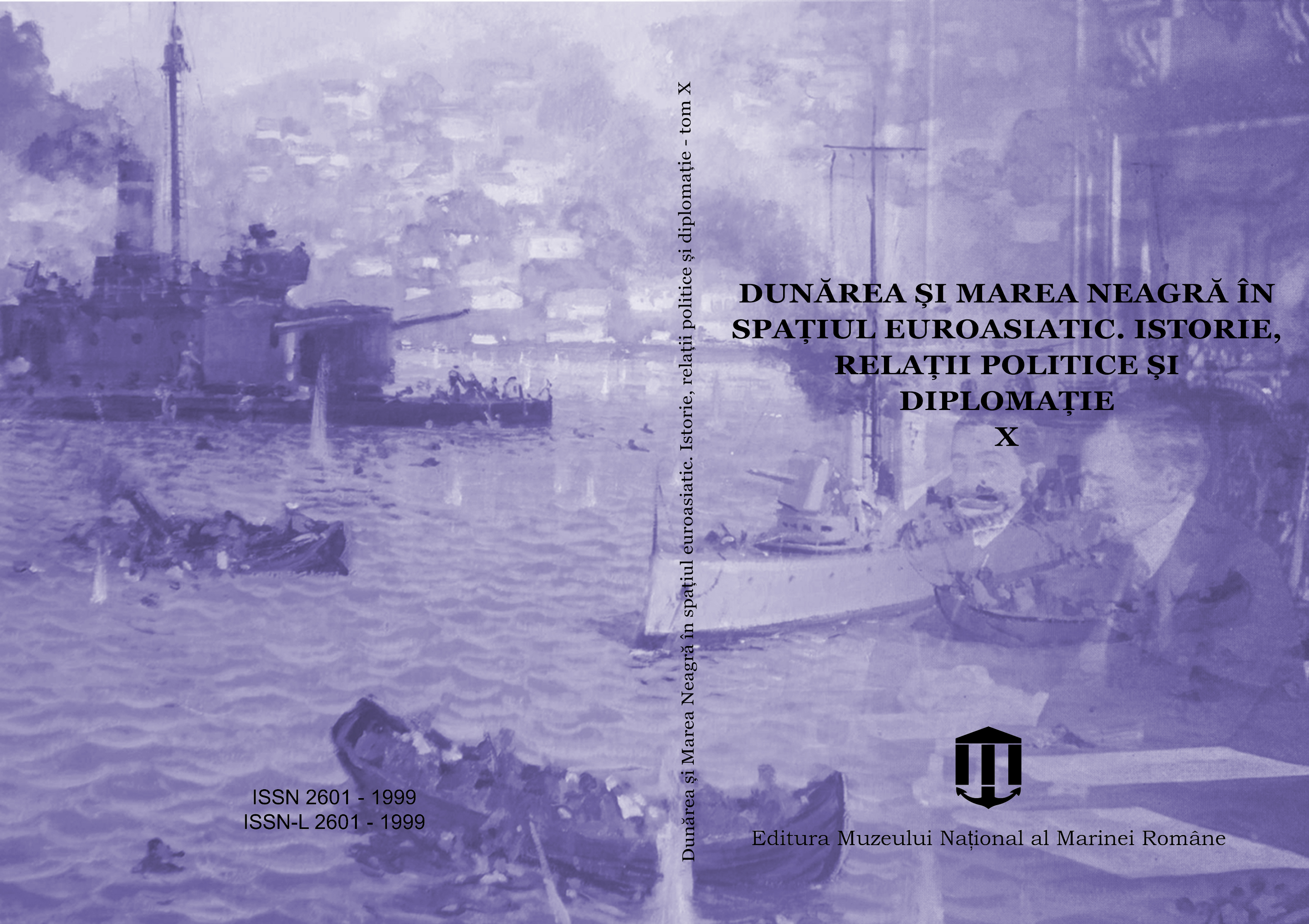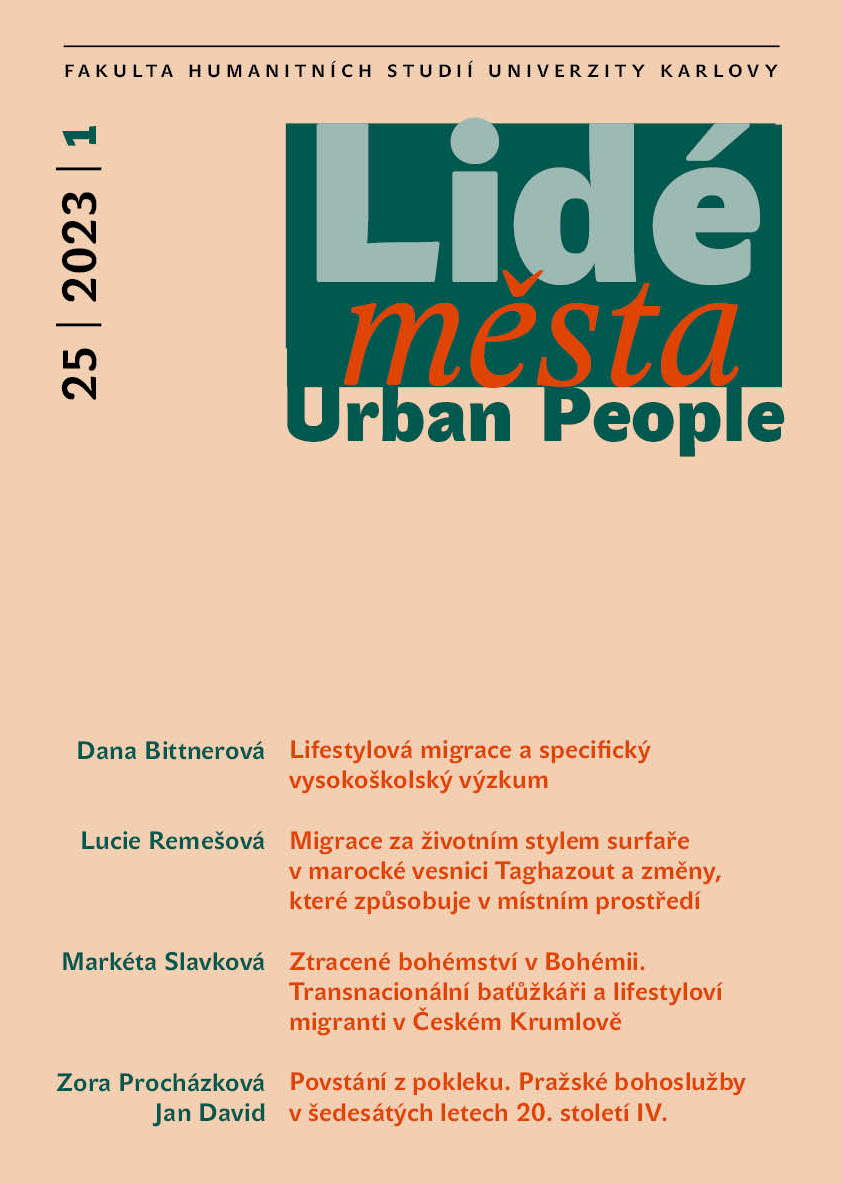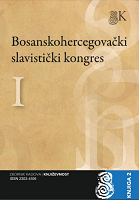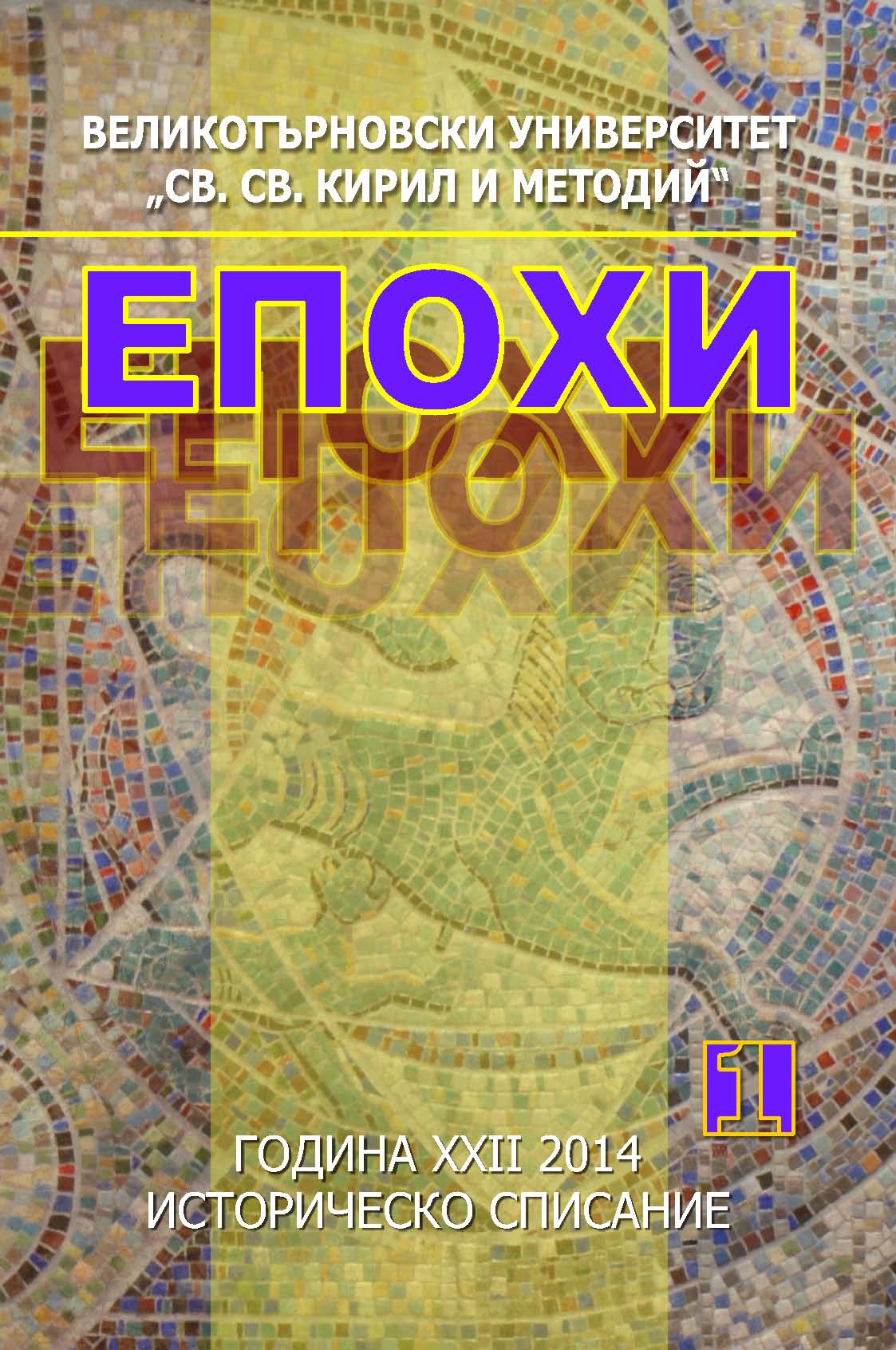
Обществената нагласа към “турското робство”, отразена във Варненския периодичен печат (1880 – 1930 г.)
The periodical press is one of the most attractive historical sources. He was the subject of numerous studies on various aspects, roles and its implications and the public. Locals in 1878 and recorded a number of different newspapers and magazines. This article will attempt to determine: What locals want to read, whether the presented their information is “simple”, “populist”, aims to teach you “anti or pro” attitudes to other Balkan countries. What is the ratio of the post-liberation print to the fifteenth to the seventeenth century.
More...
